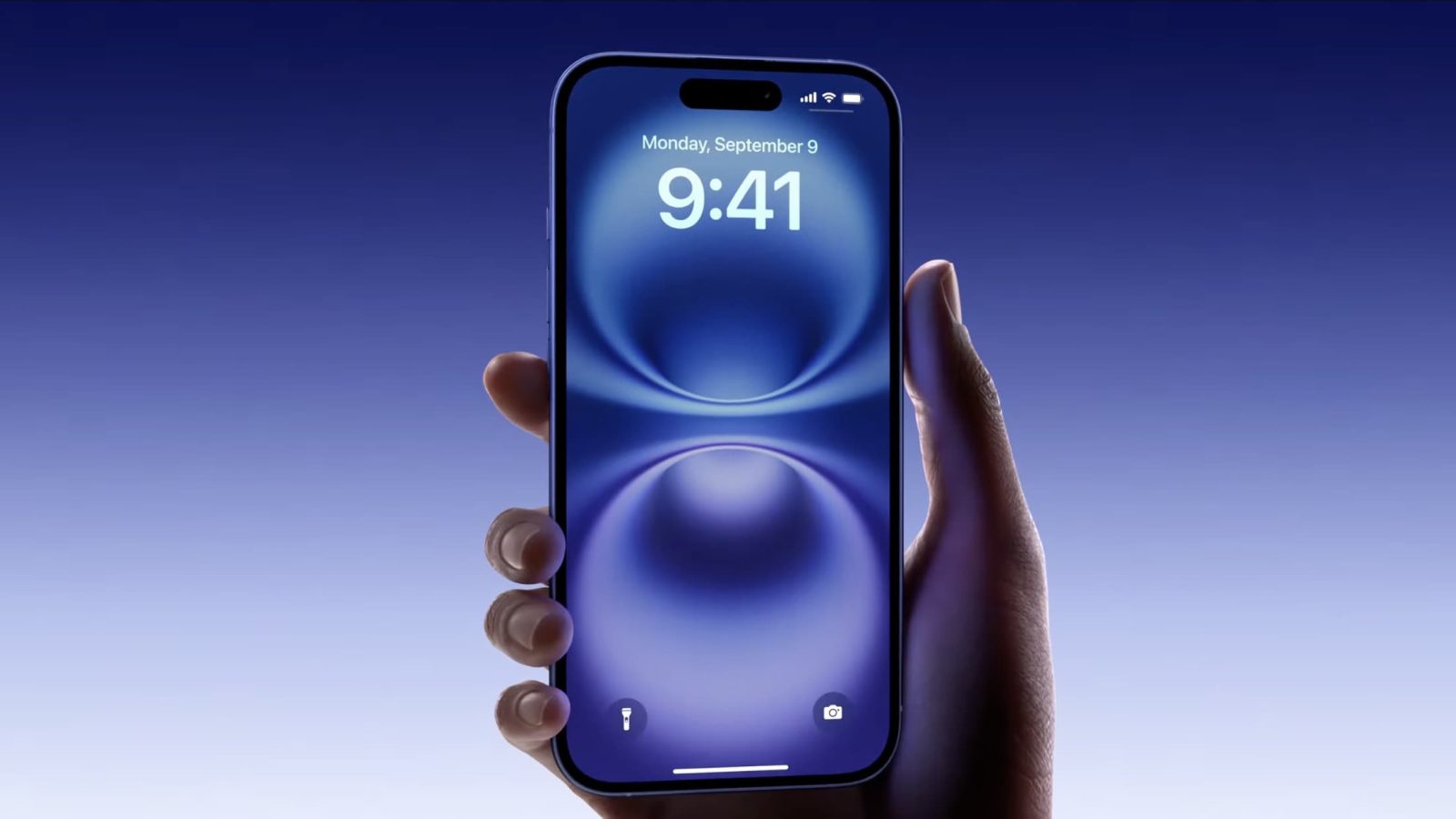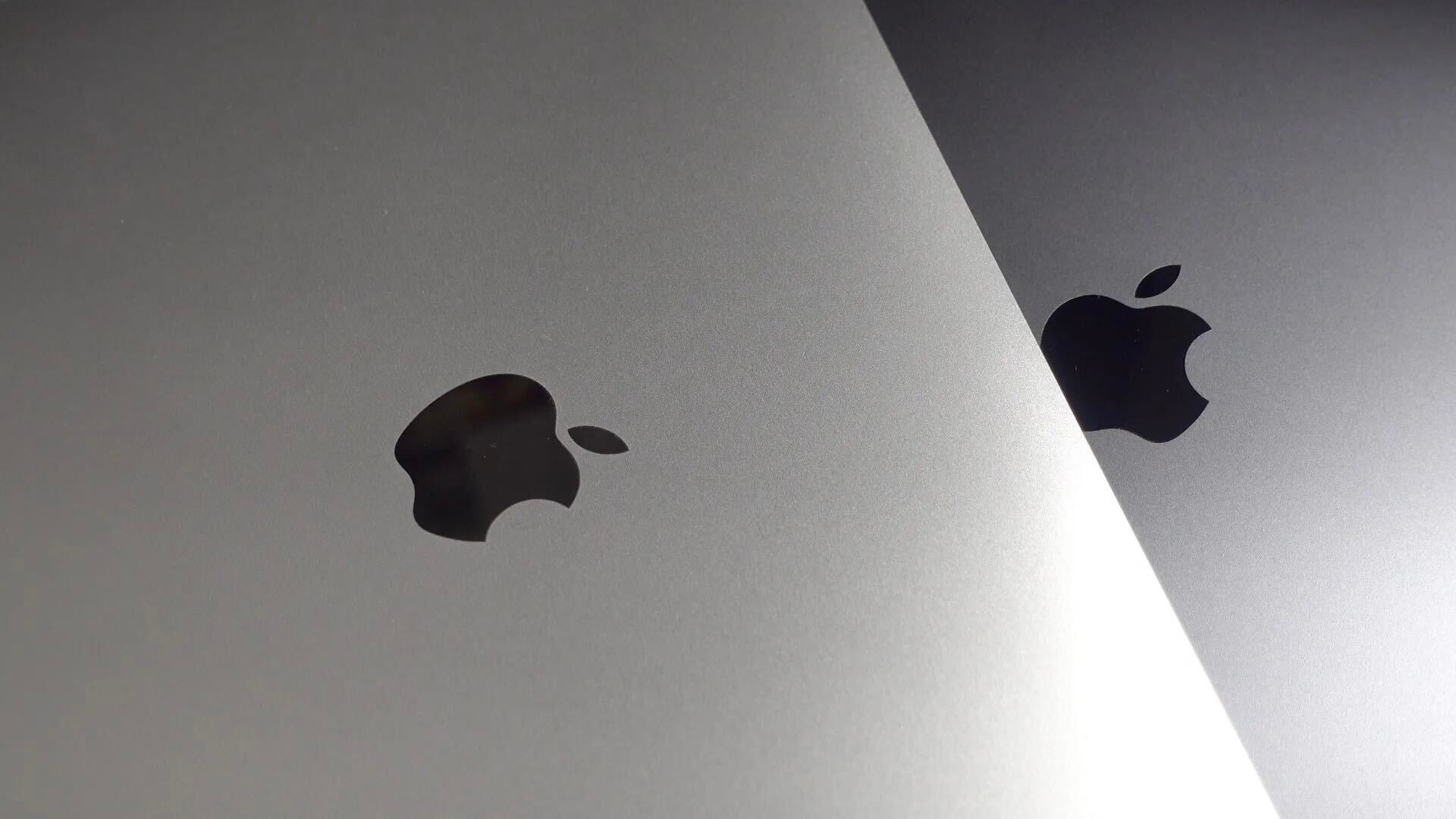
It’s a truism that insurance is a business where you bet you’ll break your toys and insurance companies bet you won’t – and that insurers have the stats on their side. The WSJ uses the example of a broken screen on an iPhone 6 to show how the numbers stack up, illustrating that most people are better off taking the risk.
Without AppleCare, Apple will charge you $109 for the repair. With AppleCare, Apple still charges a $79 deductible, and you laid out $99 for AppleCare in the first place, so you’re now out a total of $178. In effect, you paid $99 to cover a $20 cost.
Of course, you may manage to destroy your phone completely, and you may – if you’re an exceptional klutz – even manage to do it twice, when AppleCare could save you a lot of money. Some MacBook repairs are also very expensive, so again things could work out in your favor.
But overall, insurers make money because it makes more sense just to pay for things when they break. The WSJ got some simple advice from an economist on the most sensible approach for most of us.
Yet for most of us, here’s a better plan from Richard Thaler, a renowned economist at the University of Chicago Booth School of Business: “Every time someone offers to sell you insurance on a non-large purchase say no, and take that money and put it into a rainy-day account. With any luck, there will be plenty of money in that account the next time you drop your iPhone.”
The economics may be slightly different if you can get a deal on AppleCare. You can save a few bucks buying direct from Apple on Amazon, while B&H and Adorama also have deals. Apple’s education store currently offers the best saving if you qualify.
How has having or not having AppleCare worked out for you? Let us know in the comments.


